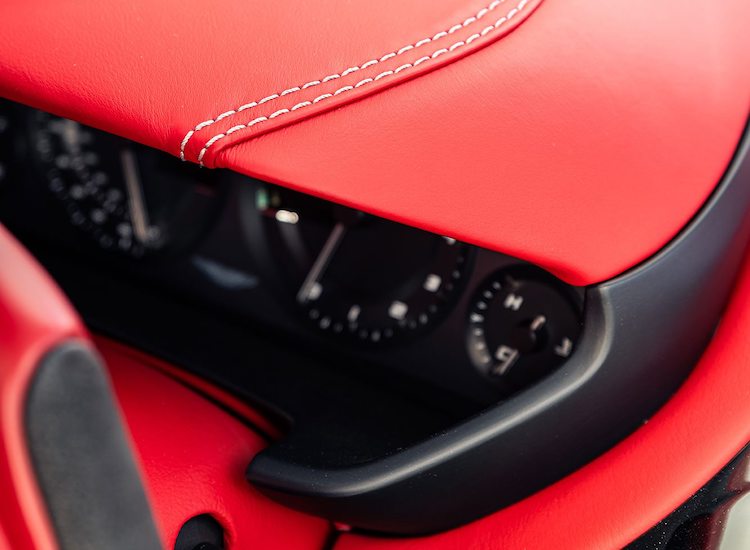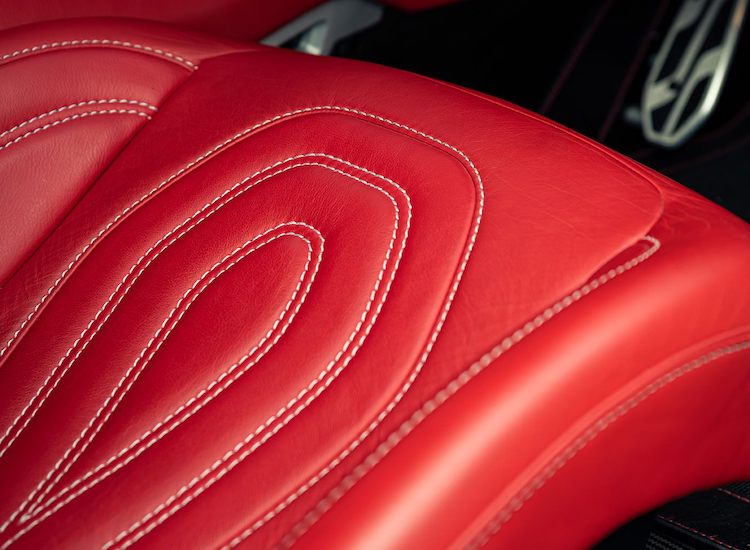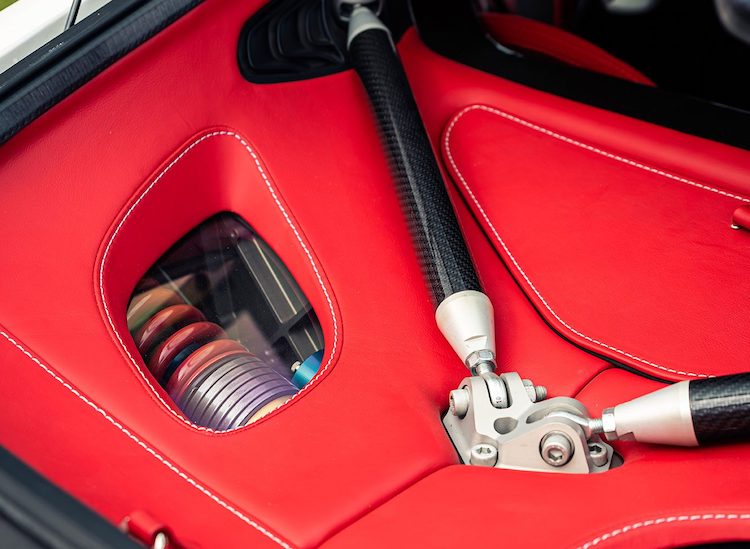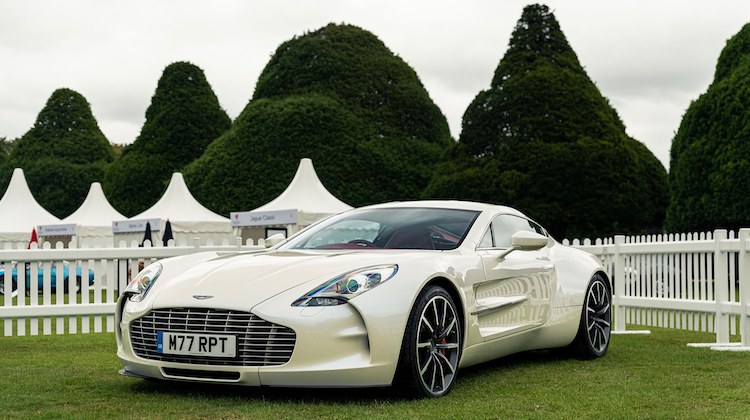In our craft, golden hides are so rare that few trimmers will ever upholster a car interior in one. Some don’t even know what they are.
A golden hide has no natural characteristics — zero scarring, insect bites or growth planes. In other words, it’s absolutely perfect.
The Aston Martin One-77 was among the first cars to be trimmed in a golden hide, thanks to Scottish leather tannery Bridge of Weir.
They sourced eight golden hides for every one of the 77 models built. As Debra Choong, production designer for Bridge of Weir, explained to Forbes, it was a massive undertaking.

One of your most exciting projects was creating the “golden hides” for Aston Martin’s exclusive One-77. How did you achieve such perfect leather with no blemishes?
The brief was to create hides with no natural characteristics. Pure natural premium leather is normally all about celebrating its natural beauty — the imperfections are what makes it. Bringing the “golden hides” together was no easy task. To find bulls without natural defects is the same as finding a human who never had a cut, graze or skin blemish! We have no or little control over the cattle before they come to us as the bulls are raised for the meat industry.

What happened to the hides that didn’t make the grade?
On average, out of 200 hides that came into our factory, only one was deemed “golden.” So, to gather the eight hides required for a single One-77 interior, we had to select through 1,600 hides. The ones that didn’t make the grade were also extremely high quality and were used on other luxury cars.

If you do the math, Bridge of Weir had to examine 123,200 leather hides to upholster every Aston Martin One-77. How’s that for attention to detail?
To read the full interview with Choong, click here.
For luxury hides, check out Douglass Interior Products. They’re the exclusive distributor of Scottish Leather Group in the United States. Scottish Leather Group owns Bridge of Weir.

I had the privilege of working with 3 of these fine leather hides back in the early 1980’s. The finish on the hides was a deep blue and the leather was so perfect that it was like working with vinyl.
The leather went into a 1970 Cadillac.
Ok, I must be missing something. Since most of the pieces that were cut from the hides are small, wouldn’t it have been more economical to use the best parts of less than perfect hides? Or, maybe the dye lots would be off. Not sure, but 1600 hides to find one good one?